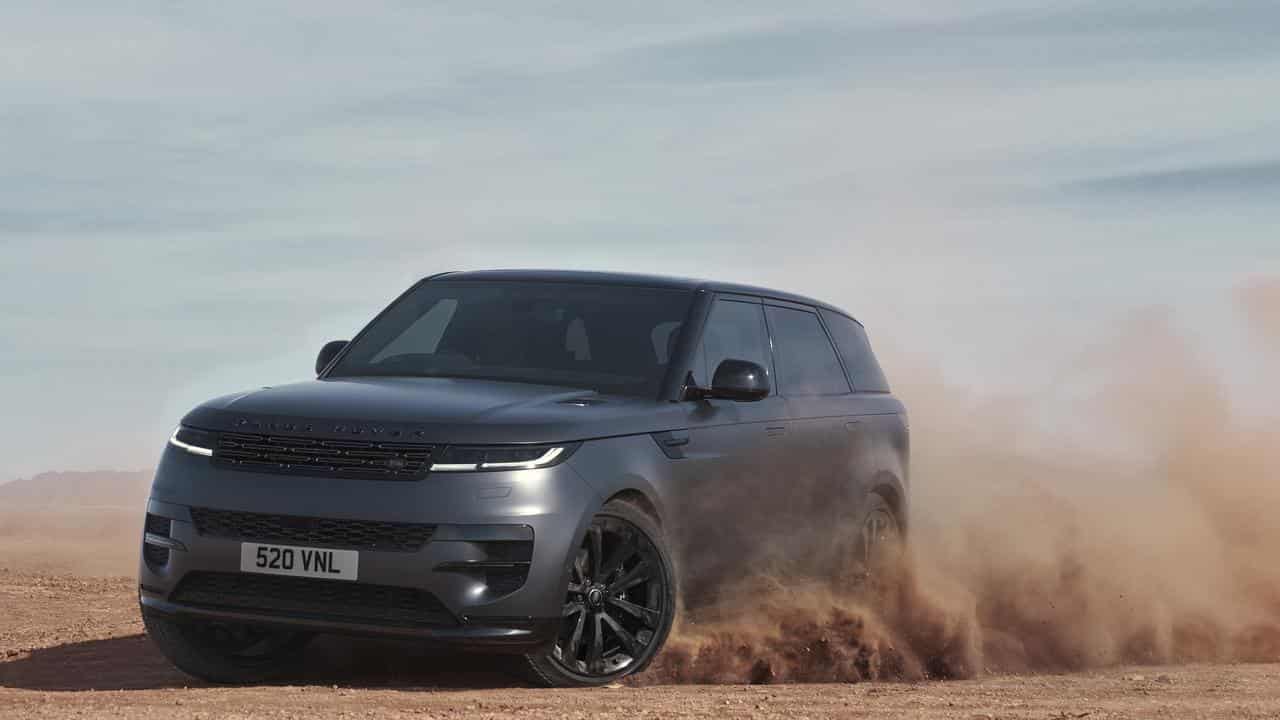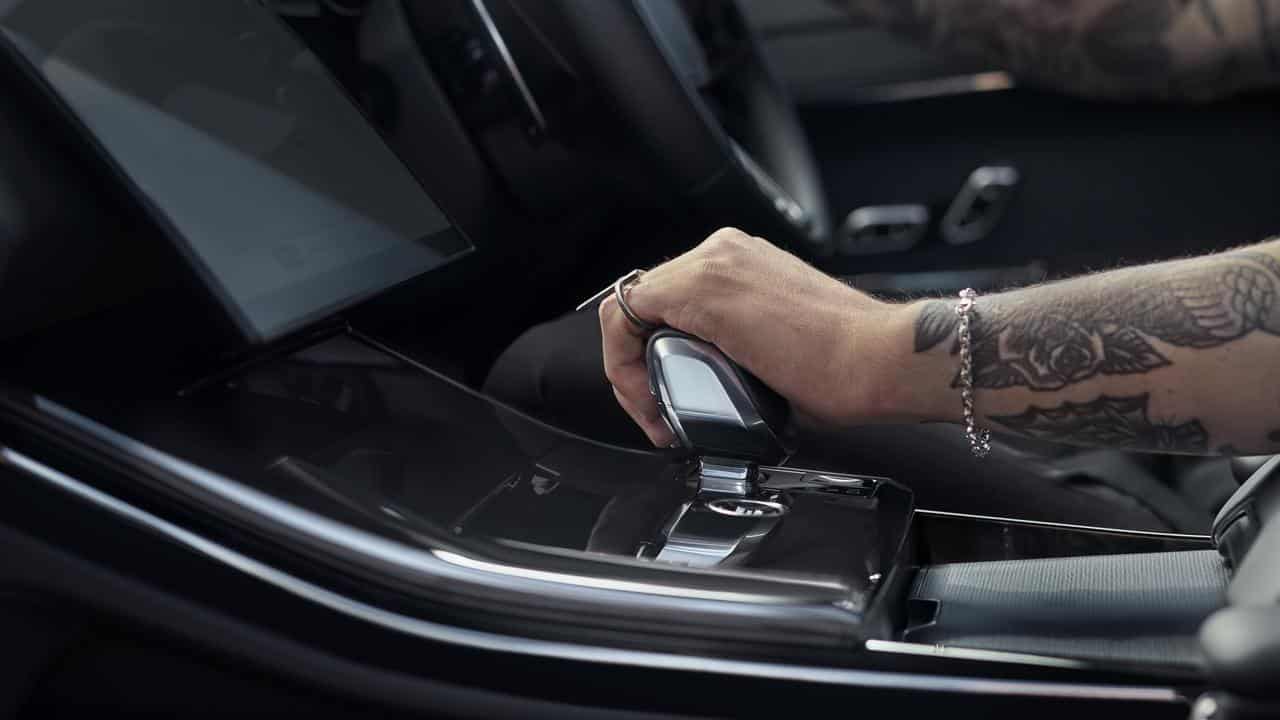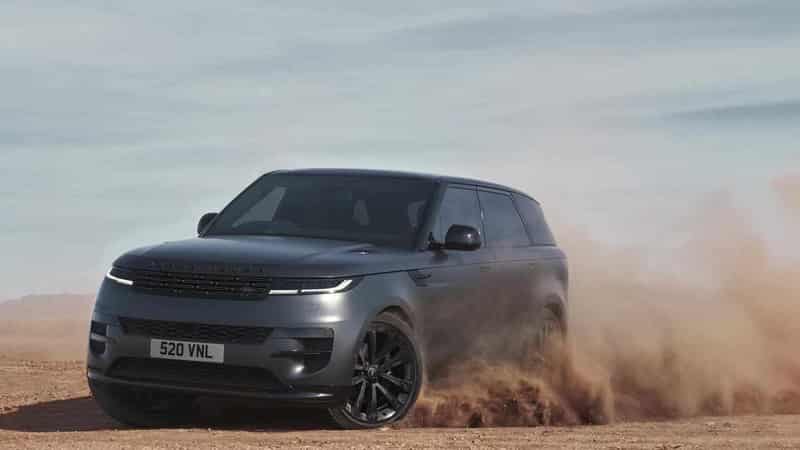
The Oxford dictionary describes sport as “an activity involving exertion and skill”. It also describes a means of showing off - to dress in a particularly snappy way, or to “sport” a trendy outfit or a jazzy hat.
The various descriptions, and the name, are never more appropriate than in this car - the Range Rover Sport. Fast and fashionable by any measure.
It might not be the only car to do justice to the Sport moniker, but it surely must be the only one to embody “sport” in all of its forms.
Mitsubishi’s Pajero Sport, for instance, is a glorified ute with a diesel engine. Hardly sporty.
Jeep has a Sport version of its Wrangler - capable, but not of going very fast.
Italian luxury performance car maker Maserati named its most athletic model, you guessed it, the GranSport. With its Ferrari-built V8, and its plush leather interior, it is a good sport, indeed. So it’s fair to say that Sport has many definitions.
The Range Rover Sport embodies virtually all of those qualities, and then some, as effortlessly as might be expected from one of the most successful luxury SUVs in history.
In its third generation - an evolution spanning two decades, the Rangie Sport has become a perfect ally to the original Range Rover - attracting a younger and slightly less wealthy pool of buyers.
That leaves the original iteration do battle at the pointy end of the super-luxury SUV market, where SUVs from Rolls Royce, Aston Martin, Bentley, Ferrari, AMG Mercedes, BMW and Porsche compete for attention.
But there's plenty of happiness to be had schlepping around in this little brother of the brand.
Tested here is the Range Rover Sport Dynamic D350 - sporting a punchy six-cylinder twin-turbo diesel (700Nm, 258kW) engine and a welter of clever electronics to make it go straight, go fast and in some cases just go, regardless of the driving surface. All options take place in the very height of comfort.

The Sport has flown, wing-man style, with the Range Rover flagship - a one-two combination that has brilliantly served its makers, Jaguar Land Rover and an eager band of buyers for two decades.
The perfectly proportioned “three box” design was first unveiled in the European motor shows in 2005 and is one of the most instantly recognised looks of its time.
For a hulking SUV, weighing more than 2500kg, it’s impressively light on its feet and capable of hitting 100km/h in 5.9 seconds.
For all its size and excess, the mild hybrid-assisted diesel engine sips 7.2L/100km.
The Dynamic HSE here costs a not inconsiderable $174,000 (plus on-road costs) in its standard guise. Tick a few boxes and pretty quickly the price climbs past 200 grand. The test machine swelled to $204,920, plus fees and charges.
There are plenty of knick knacks.
For instance there’s something called a ‘Stormer’ handling pack, which costs $10,140 and includes dynamic air suspension - a must in this big thing. There’s a hot climate pack ($6460 for four-zone climate control, front refrigerator and privacy glass); plus $4420 for panoramic sunroof.
The Sport is built on the same platform as the Discovery - instantly drawing a distinction between flagship and mid-range model - more expensive than the Disco but also keeping a safe distance from the premium model.
Somehow, Land Rover has managed to stop all three models cannibalising each other - a task that grows with every model and the growing expectations for technology and luxury.
Prices start at $143,600 for the SE D250 (entry-level trim, four-cylinder diesel engine); through the quicker, better-equipped SE D300 ($156,050) before reaching the test car level of $174,000.
The retail price for the Autobiography flagship is $197,700 and there’s a high-performance SV Edition One P635 (a hybrid luxury rocket) for a modest $360,800.
Did somebody say Bentley?
This new Sport not only looks the part, but brings new levels of quietness and comfort.
And it’s set a standard for ‘minimalist design’ by completely re-imagining how luxury looks.
The leather and timber-clad dash and centre console of the Sport boast just one button. Yes, one - the start/stop button that sits on the centre console beside the chunky little automatic gear change.
Otherwise, every function is either commanded by the touch-screen that dominates the centre stack, or one of three stalks on the steering column.
Otherwise just talk to this PiviPro cockpit command system and it will talk right back.
How very Range Rover.
What’s more, it all works just fine and, once the set up is mastered, it’s totally intuitive.
In terms of pure driveability, not to mention its fuel efficiency and impressive quiet and smooth operation, it’s a stand out.
Its styling cues, particularly the crisp yet aggressive lines of recent years, have made it a must-have in high-net-worth suburbs across the nation.
Australians, don't forget, are massive buyers of “sport” models - whether it be the machine tested here or the likes of performance-enhanced versions of Mercedes, BMW or Audi. Or, remember Holden’s much-loved HSV hot rods?
This latest version of the Rangie Sport looks and feels more upmarket and more premium than ever before.
RANGE ROVER SPORT D350 DYNAMIC
* HOW BIG? Substantial at the very least. This third generation looks to have moved a little closer to the flagship Range Rover, but it’s still a handsome big thing. It effortlessly deals with its 2435kg bulk.
* HOW FAST? As evidenced by its impressive 0-100km/h sprint of a tick under six seconds in the test machine, the twin-turbo V6 Ingenium diesel offers the best balance between speed and luxury.
* HOW THIRSTY? Thanks to some mild hybrid assistance, the Rangie manages to use 7.2L/100km.
* HOW MUCH? Prices start at just over $143,000, and stretch all the way to $197,700 for the Autobiography D350.









